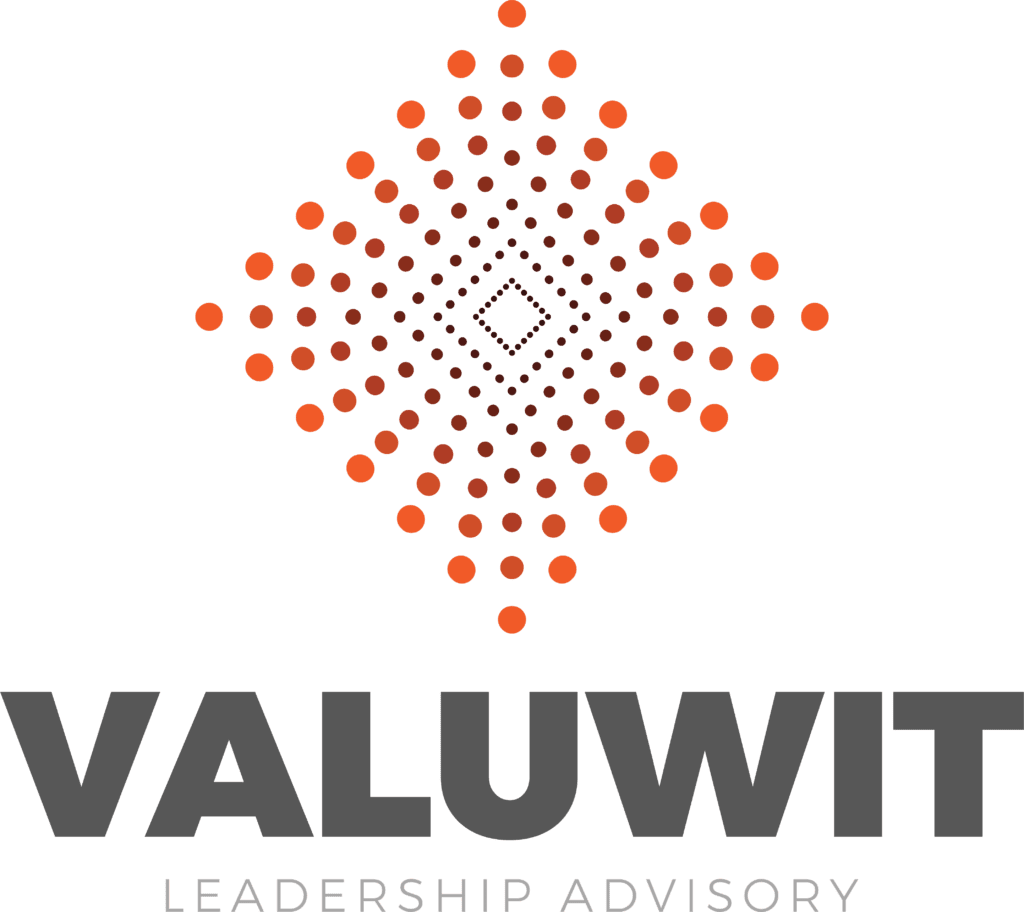Feedback Loops as a Way of Building Sustainable Customer Retention
It’s common for businesses to encounter a gradual decline in sales. While often a result of uncontrollable external factors such as the ebb and flow of market trends or competitive pressures, in most cases well-implemented feedback loops can prevent such dips and allow businesses to proactively shift their operations to maintain customer loyalty.
The reality is many businesses tend to dismiss the role of feedback in grasping the overall satisfaction of customers, due to resorting to generic methods that fail to capture needed intel.
The power of feedback loops lies in their ability to transform customer sentiment into actionable insights.
More importantly, they fuel sustainable customer retention. By consistently gathering and implementing feedback, businesses demonstrate to their customers that their voices are valued and their concerns are heard.
Introducing Customer Feedback Loops
Feedback can be either negative or positive, and both are essential for the survival of organizations. But what’s more important is the translation of qualitative feedback into quantifiable insights and actionable insights.
This is where customer feedback loops come into play. As the name suggests it’s a cyclical process, divided into three stages: gather, analyze, and act.
Imagine them like continuous improvement cycles, where insights from customers, employees, and even competitors’ clientele. Insights need to be actively collected at each communication point throughout the purchasing journey. The next phase of the loop is feedback-fueled improvements, which are then run by current and potential customers.
Think of it as a learning cycle that continuously strengthens the business over time. By actively listening and responding, businesses can stay ahead of the curve, adapt to evolving needs, and build lasting relationships with their stakeholders.
Not all Feedback is Created Equal
A report by Harvard Business Review highlighted a very interesting phenomenon: most customers who end up defecting to another business have declared themselves “satisfied” or “very satisfied” in such surveys not long before jumping ship.
Most companies devote a lot of energy to listening to the “voice of the customer,” but few of them are very happy with the outcome of the effort. Managers have experimented with a wide array of techniques, all useful for some purposes—but all with drawbacks.
One of the first steps is determining and ranking the source of your feedback. The questions you ask loyal clients, one-time customers, employees, partners, and even suppliers shouldn’t be the same nor should they have the same impact on your decisions.
Second, your feedback process needs to create a safe and supportive environment for open and honest feedback.
Third, it’s important to identify your business’ front line and touchpoints with your clientele. Each and every one of those is a chance to make or break a customer experience.
The objective is to understand in detail what the customers value and what the front line can do to deliver it better.
Making The Right Diagnosis
Data-driven diagnostics is the shortest route to understanding your clientele. Luckily, the advancements in big data and analytic tools have allowed businesses not only to identify the motivations of customers but also to identify the factors that can attract, retain, and encourage them to upscale.
In the hands of decision-makers, these insights can often directly inform future investments in product and service improvement.
A report by McKinsey on customer experience optimization advises businesses to adopt both top-down, judgment-driven evaluation and bottom-up, data-driven analysis.
The top-down approach spurs leadership engagement, focuses organizational energy, and allows a company to move quickly on known issues—often fixing policies or capturing quick wins that can be pursued from headquarters.
The bottom-up approach creates a comprehensive data set that will set priorities and investment decisions, as well as shape a more complete road map for operational work.
Beyond the Survey
Feedback is almost always associated with the image of a survey. However, understanding customer sentiment includes many other tools such as social media, open discussions, demos, network events, mystery shoppers, among others.
Furthermore, marketers need to be mindful of the challenges that come with feedback gathering. Customers are not good at formulating accurate opinions.
Beyond the straight negative comments lay insights that could get the business back on track. Customers, especially loyal ones, are willing to give their beloved product a try.
Figures to Keep in Mind
Popular tools that feedback management include the Net Promoter Score (NPS), which gives instant insights on customers’ satisfaction, while the Customer Satisfaction Score (CSAT) sums up the number of positive responses to get a final percentage of customers’ satisfaction.
Customer lifetime value (CLV) is a measure of a customer’s worth over their entire relationship with a company. It considers factors like the average purchase amount, purchase frequency, and churn rate. Customers with high CLV should be the top priority for retention programs and loyalty initiatives aimed at keeping valuable clients. CLV analysis also helps determine appropriate acquisition spending to attract new customers profitably.
Customer Retention Rate which is the percentage of customers you manage to keep engaged over a set period. A high retention rate signals strong customer loyalty and satisfaction. Retention goals depend on your industry, but a good target rate is usually between 70 and 90 percent annually. Build your retention strategy around meeting customers’ needs and exceeding their expectations.
On the opposite side is the Customer Churn Rate, or the percentage of customers who stop using your product or service during a set time. A high churn rate indicates that you are losing clients quicker than you can replace them, putting revenue and growth at risk.
The bottom line
Depending on the leadership style, feedback loops could be a key asset for the success of any business. Leaders should encourage practices that continuously review their products and services. Companies that are most open to feedback are the ones whose progress never diminishes. What is essential is that business leaders instill a feedback culture whereby negative feedback determines the future of how products will be delivered in the future.




